

Allosteric binding occurs when a molecule binds to a protein at a site other than the enzyme’s active site where the enzyme typically performs its function. The term comes from the Greek word for other site”. This allosteric interaction leads to a conformational change of the protein, which changes the protein’s affinity for a substrate.
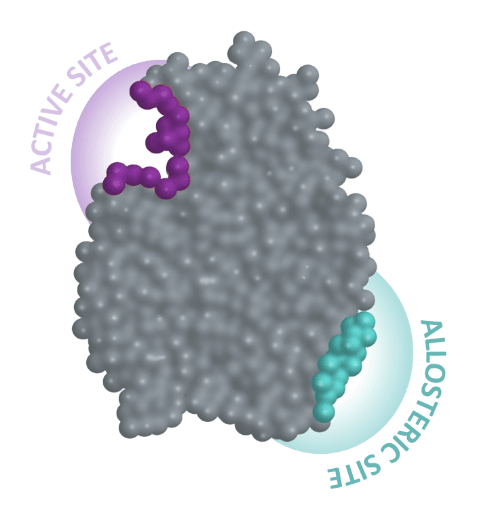
Traditional drugs bind to the Active Site
- Competition with natural substrate can limit efficacy
- More off-target effects as sites are highly conserved across many proteins
Gain’s drugs target Allosteric Sites
- Non-competitive with natural substrate
- Highly specific and better drug properties
- Expands target universe
Allostery offers a degree of control that is unattainable when targeting the active site, allowing researchers to fine-tune how a drug will alter the activity level of a specific protein in a specific disease. Gain’s allosteric modulators are disease-agnostic and designed to modulate a protein to restore or disrupt function as needed via stabilization, destabilization, degradation, inhibition or activation.
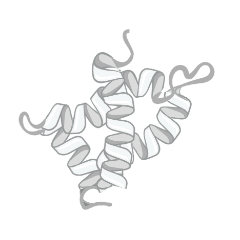
Misfolded Protein
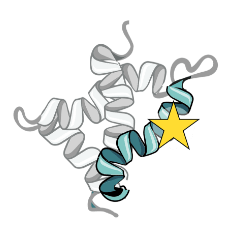 Gain Binds to Rescue Folding
Gain Binds to Rescue Folding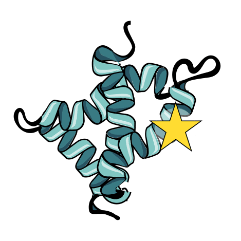 Restored Protein Function
Restored Protein Function- Gain of function approach
- Stabilizing native form of protein
- Restores natural protein function
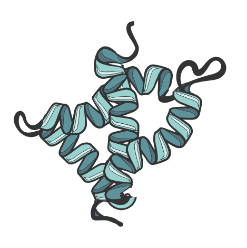
Functional Protein
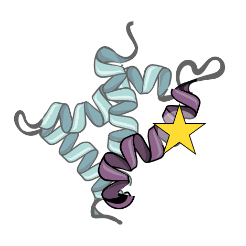
Gain Binds to Disrupt Folding
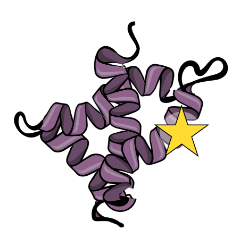
Loss of Protein Function
- Loss of function approach
- Allosteric PROTAC, targeted protein degradation
- Results in ubiquitination and protein degradation
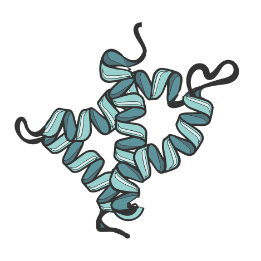 Functional Protein
Functional Protein
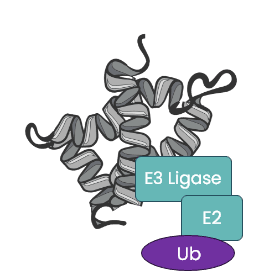
Ubiquitination at Allosteric Site
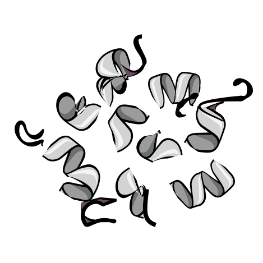
Loss of Protein Function
- Loss of function approach
- Stabilizing non-native form of protein
- Results in protein dysfunction and/or degradation

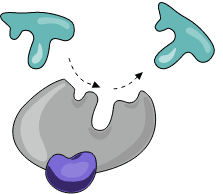
- Loss of function approach
- Changing active site conformation to inhibit binding

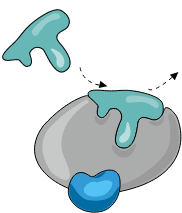
- Gain of function approach
- Changing active site conformation to induce binding
At Gain, we’ve developed a sophisticated, automated, selective and high-throughput method for drug discovery that is both highly efficient and cost-effective. Our streamlined approach dramatically shortens the conventional drug discovery timelines, enabling life-saving medications to reach patients sooner.


